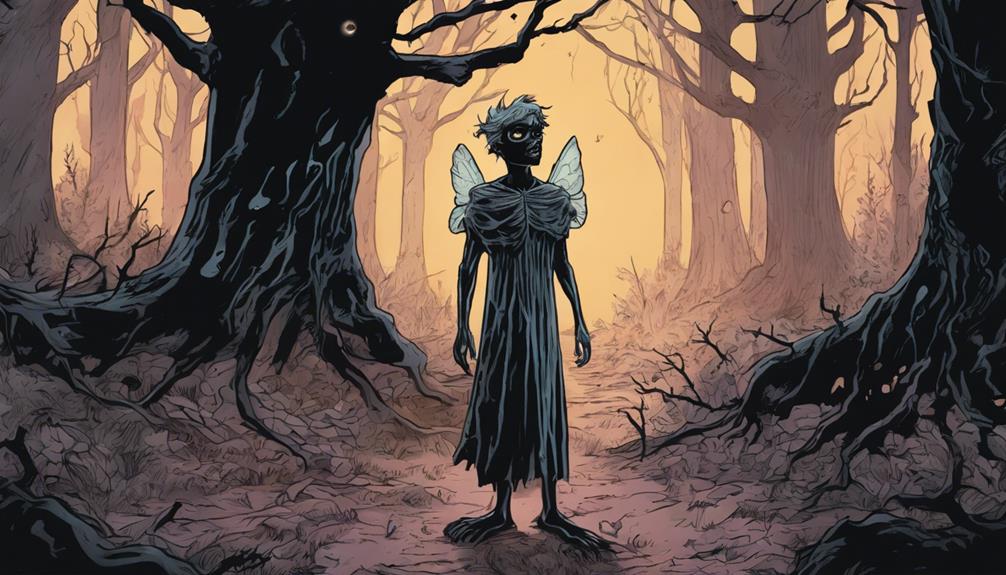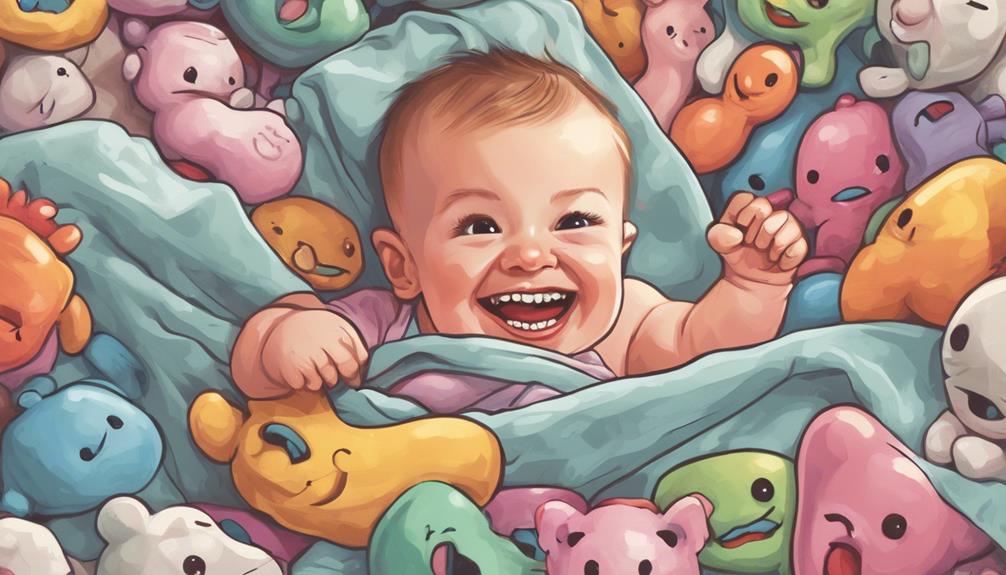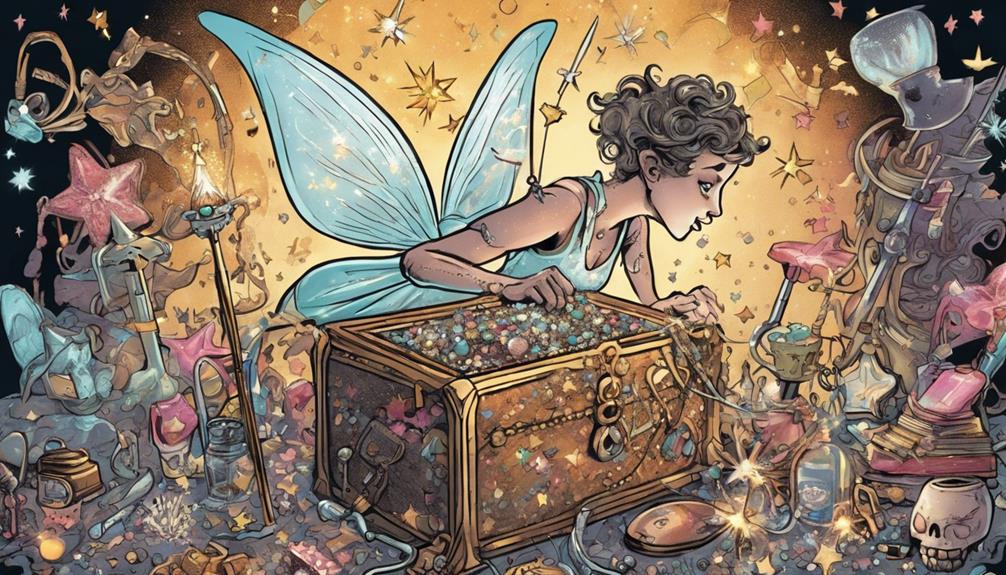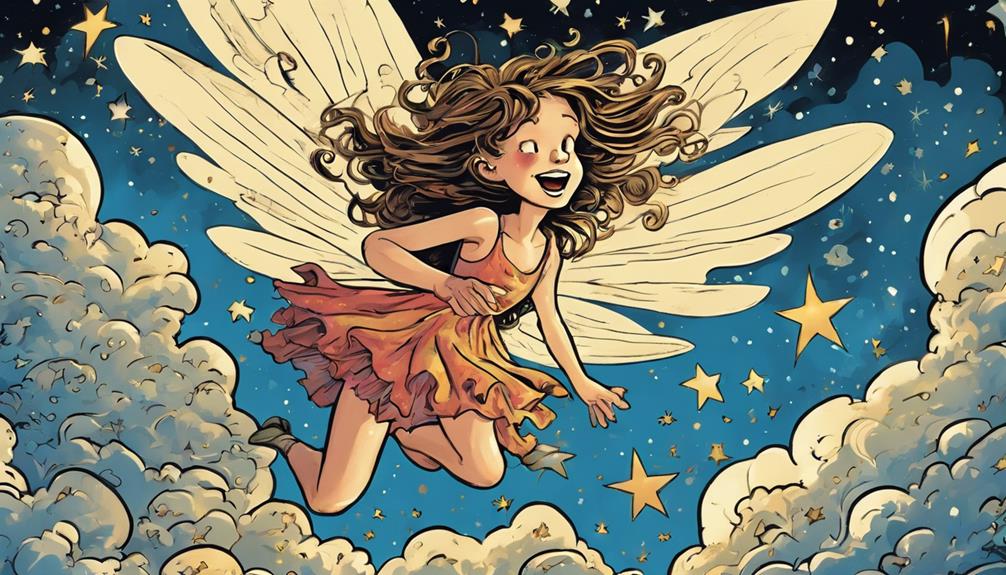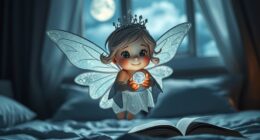The Tooth Fairy's charming image hides a history steeped in dark folklore and ancient rituals that you likely never realized. Traditions vary globally, from burying teeth for healthy growth to tossing them on rooftops for good luck. In some tales, like Ratoncito Pérez, the mouse leaves warnings for misbehaving children, contrasting sharply with the cheerful fairy that is commonly acknowledged. Eastern European legends even link lost teeth to ominous supernatural spirits. As you explore these unexpected origins, you'll uncover a rich tapestry of meanings behind this beloved childhood figure, revealing a world beyond what you might expect.
Key Takeaways
- The Tooth Fairy's origins are linked to ancient rituals involving lost teeth, symbolizing growth and transition in childhood.
- Folklore reveals darker narratives, such as Ratoncito Pérez leaving warnings for misbehaving children, contrasting the whimsical Tooth Fairy image.
- Eastern European legends associate lost teeth with supernatural spirits, emphasizing fears surrounding tooth loss and its consequences.
- In Japan, Tōfu Kozo is a spirit that may come for lost teeth, illustrating cultural cautionary tales related to dental loss.
Ancient Rituals and Beliefs
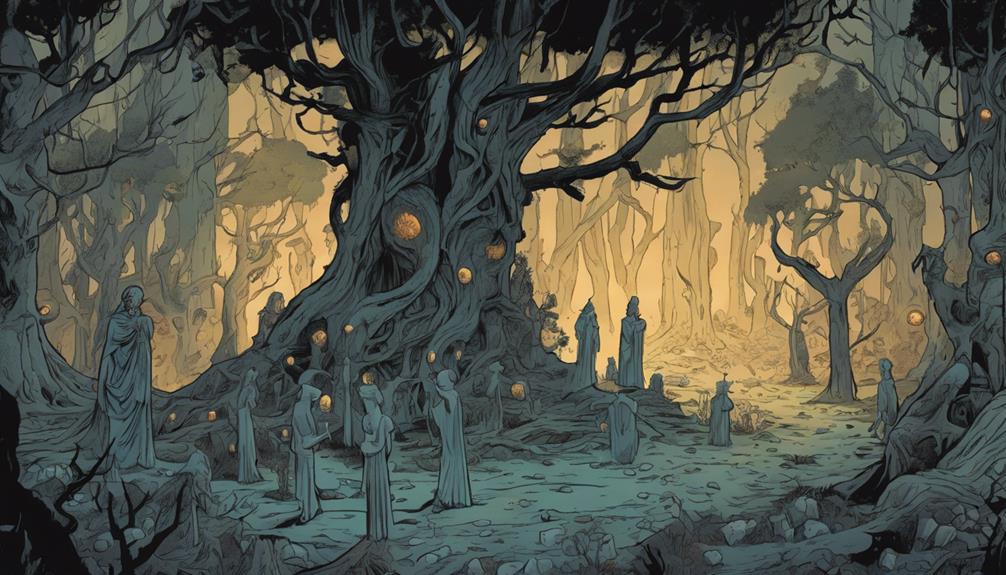
Throughout history, various cultures have practiced unique rituals surrounding lost teeth, believing they could influence a child's future.
You might find it fascinating that in some ancient societies, parents would bury a child's lost tooth in the ground. They thought this would guarantee strong and healthy adult teeth would grow in its place. In others, it was customary to toss the tooth onto the roof, hoping it would bring good luck and prosperity.
In Norse traditions, children would burn their lost teeth, believing the fire would protect them from evil spirits. You can see how these rituals reflected the desire to instill strength and resilience in children.
Similarly, in parts of Spain and Latin America, kids would place their lost teeth under their pillows for a little mouse known as 'Ratoncito Pérez' to take, rewarding them with a small gift in return.
These age-old beliefs not only show how different cultures approached the loss of teeth but also highlight their hopes for their children's futures. By engaging in these rituals, families created a sense of continuity and reassurance during a time of change in a child's life.
The Origins of Tooth Traditions
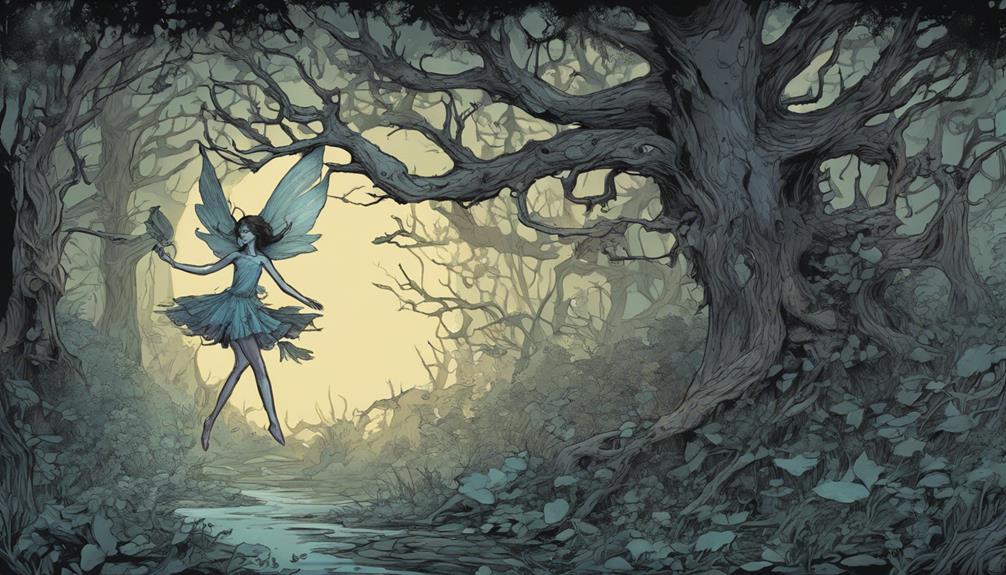
Tooth traditions have evolved over centuries, shaped by cultural beliefs and practices that reflect our collective hopes and fears surrounding childhood milestones. When your child loses a tooth, you might feel the excitement of a rite of passage, but this moment carries deeper meanings across different cultures.
In many societies, losing a tooth symbolizes growth and the change from childhood to adulthood. For instance, in some Latin American countries, children toss their lost teeth onto the roof, believing this act brings good luck and guarantees strong adult teeth. Meanwhile, in parts of Europe, children bury their teeth in the ground to promote healthy growth.
In the United States, the Tooth Fairy emerged as a comforting figure, providing a reward in exchange for lost teeth. This practice likely stems from earlier customs where parents would give coins or gifts to their children for their lost teeth.
These traditions not only celebrate the loss of baby teeth but also instill a sense of wonder and excitement in children. By participating in these customs, you connect with a rich tapestry of history, reminding us that every lost tooth carries its own unique story.
Dark Folklore From Around the World
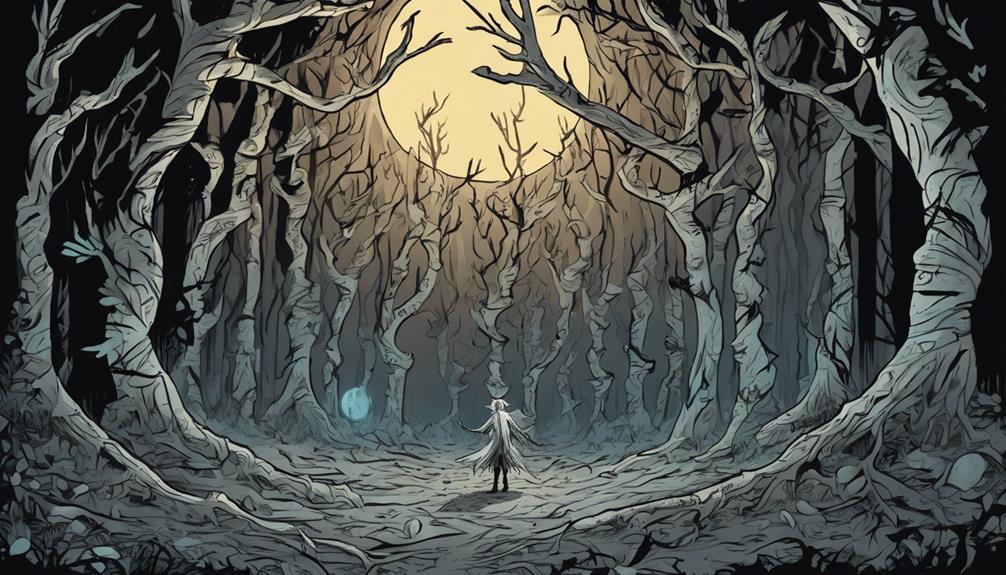
Many cultures have their own dark folklore surrounding lost teeth, revealing fears and warnings that often contrast sharply with the lighthearted image of the Tooth Fairy.
In Spain, for instance, children don't wait for a fairy; instead, they hope for “Ratoncito Pérez,” a mouse that collects teeth. If a child misbehaves, the mouse might leave a warning instead of a coin, teaching lessons through fear.
In some parts of Eastern Europe, losing a tooth can be a sign of impending doom. Legends speak of spirits that haunt children who leave teeth under pillows, waiting to claim them. In these tales, the teeth become objects of supernatural power, and losing one can invite misfortune.
Meanwhile, in traditional Japanese culture, there's the story of the “Tōfu Kozo,” a spirit that comes for lost teeth. If a child tosses their tooth onto the roof, they might ward off this spirit.
These tales serve as cautionary reminders, suggesting that losing a tooth isn't just a rite of passage but a moment filled with potential peril. Such folklore reveals how deeply embedded fears and morals shape the narrative surrounding something as innocent as losing a tooth.
The Tooth Fairy in Literature
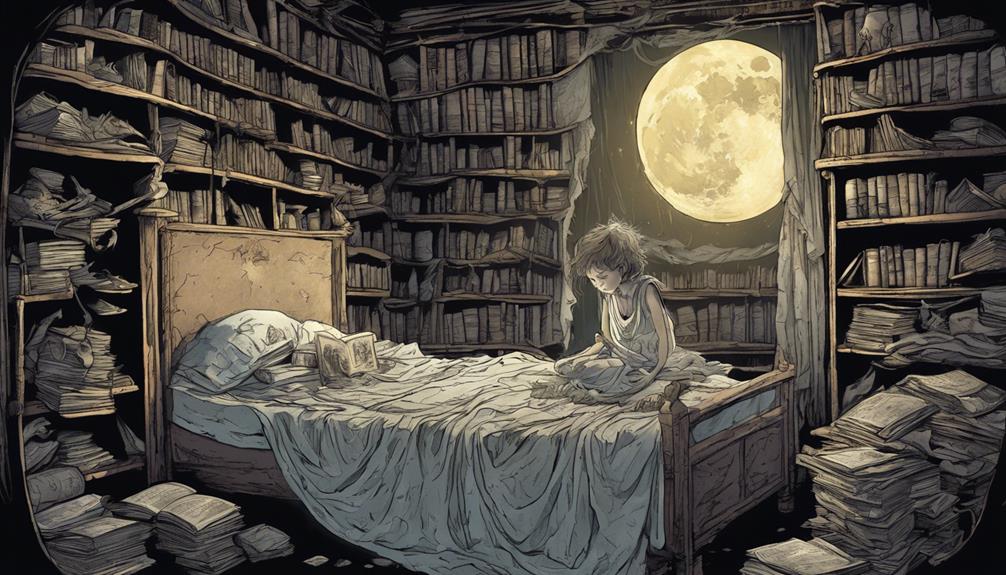
Literature often portrays the Tooth Fairy as a whimsical figure, enchanting children with the promise of rewards for their lost teeth. This enchanting character appears in various stories, often designed to ease the change of losing baby teeth. You might be surprised by how this beloved figure has been depicted across different works.
Here are four notable examples:
- 'The Tooth Fairy' by A. M. Smith – This charming tale introduces a young girl who sets off on an adventure to meet the Tooth Fairy, learning about kindness along the way.
- 'The Tooth Fairy's Secret' by Anne Marie Asher – In this story, the Tooth Fairy reveals her magical secrets to a curious child, blending fantasy with imaginative storytelling.
- 'Toothiana: The Tooth Fairy' by William Joyce – This character is portrayed as a fierce protector of children's teeth, showcasing a more adventurous side of the Tooth Fairy.
- 'The Tooth Fairy Wars' by David L. Harrison – A humorous take on the competitive world of tooth collection, adding a fun twist to the traditional narrative.
These literary portrayals help cement the Tooth Fairy's role as a beloved childhood figure.
Cultural Variations and Their Significance
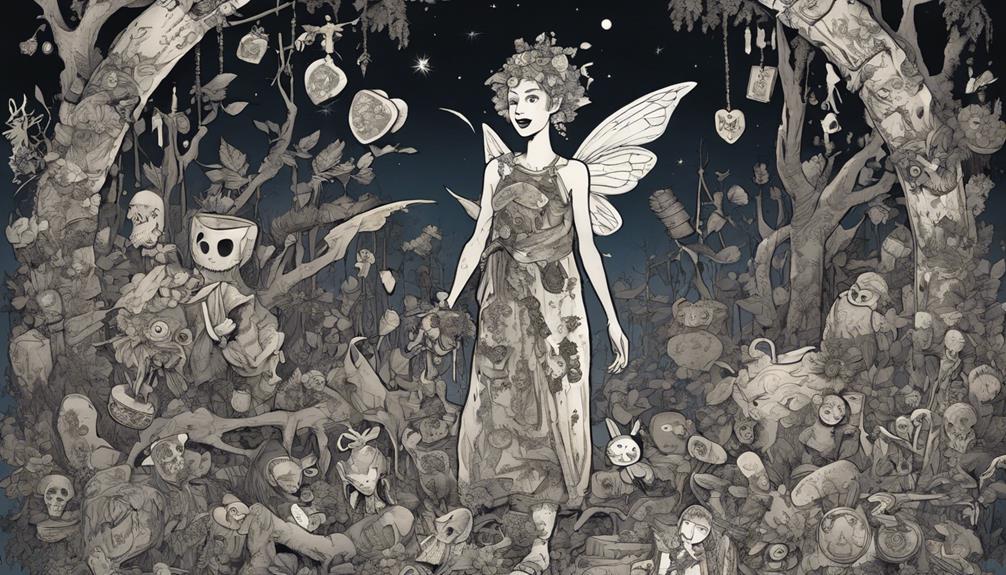
Across cultures, the traditions surrounding the Tooth Fairy reveal fascinating insights into how societies view childhood and the shift into adulthood. In many Western cultures, children place their lost teeth under their pillows, expecting a visit from a whimsical fairy who exchanges the tooth for a small monetary reward. This tradition symbolizes a rite of passage, marking the transition from innocence to the complexities of adulthood.
In contrast, other cultures have unique practices. In Spain and Latin America, for instance, children celebrate the “Ratoncito Pérez,” a little mouse that collects teeth and leaves gifts. This character reflects familial bonds and cultural storytelling, emphasizing community values rather than individual gain.
In some Asian cultures, parents may bury their children's teeth in specific locations, believing it will guarantee healthy growth. This act connects children to their roots and underscores the importance of nature in their development.
These variations highlight how different societies process the themes of growth, loss, and reward. They offer a glimpse into what childhood means to each culture, shaping the way children perceive their own journey toward adulthood. Understanding these traditions enriches our appreciation of childhood across the globe.
Modern Interpretations and Misconceptions
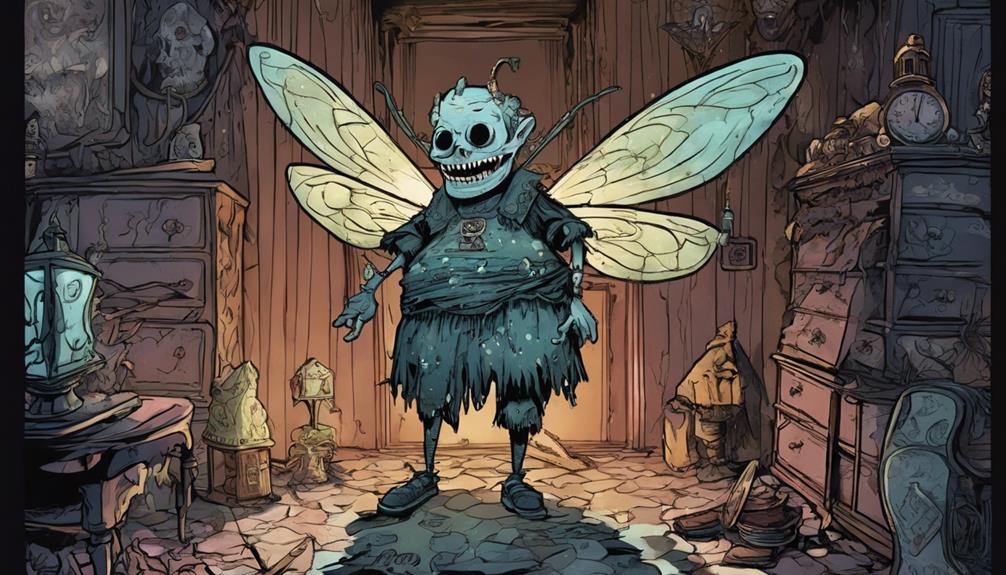
While traditional beliefs about the Tooth Fairy vary, modern interpretations often blur the lines between innocence and commercialization, leading to misconceptions about the true significance of this beloved figure. Many people now see the Tooth Fairy as a mere vehicle for monetary gain, overshadowing the folklore's deeper meanings.
You might be surprised to learn that the modern Tooth Fairy has become a mix of fantasy and financial incentive. Here are four common misconceptions that you should be aware of:
- The Tooth Fairy is just about money: While leaving a coin or a bill under the pillow is common, it's also a way to celebrate a child's growth and evolution.
- All families participate: Not every household believes in the Tooth Fairy, with some opting for alternative traditions or none at all.
- The Tooth Fairy is solely for children: Many adults share the Tooth Fairy story with nostalgia, reflecting on their own childhood experiences.
- The Tooth Fairy's role is static: Today, the Tooth Fairy sometimes appears in various forms, influenced by pop culture and social media.
Understanding these nuances can help you appreciate the evolving nature of this enchanting figure.
Frequently Asked Questions
Is the Tooth Fairy a Recent Invention or an Ancient Belief?
You'll find that the Tooth Fairy is a mix of ancient traditions and modern creativity. While some cultures have rituals surrounding lost teeth, the character we recognize today is a relatively recent invention in folklore.
What Does Losing a Tooth Symbolize in Different Cultures?
Losing a tooth symbolizes various things across cultures. In some, it represents growth and maturity, while others see it as a way to ward off evil spirits or invite good luck into your life.
Are There Any Negative Consequences of Believing in the Tooth Fairy?
Believing in the Tooth Fairy might seem harmless, but it can blur lines between reality and fantasy for kids. They might struggle with trust later when they discover the truth about such whimsical traditions.
How Do Children Typically React to the Tooth Fairy Myth?
Children typically react to the Tooth Fairy myth with excitement and curiosity. They enthusiastically anticipate her visit, often leaving notes or special items under their pillows, and enjoy the thrill of finding money or gifts the next morning.
Has the Tooth Fairy Ever Appeared in Popular Movies or TV Shows?
Did you know that 84% of kids believe in the Tooth Fairy? She's appeared in various movies and TV shows, like 'The Tooth Fairy' starring Dwayne Johnson and episodes of 'The Simpsons,' enchanting audiences of all ages. Whether you believe in the Tooth Fairy or not, there’s no denying the cultural impact she has had on society. From leaving money under pillows to collecting teeth for magical purposes, the amazing tooth fairy feats have become a beloved tradition in many households. It’s a testament to the enduring power of folklore and the joy of childhood imagination. The history of the tooth fairy dates back centuries, with folktales and traditions from around the world contributing to the modern-day version we know. In some cultures, children would bury their lost teeth to ensure strong, healthy replacements grew in. Others believed that a child’s lost tooth held magical power and should be hidden or disposed of in a certain way. The tooth fairy as we know her today has evolved from these diverse cultural beliefs, creating a figure that continues to capture the hearts and imaginations of children worldwide.
What Are the Origins of the Tooth Fairy?
The 10 bizarre tooth fairy stories from various cultures around the world show the diverse origins of this mythical being. From ancient traditions of burying children’s teeth to stories of tooth-eating mice, the origins of the tooth fairy are steeped in folklore and superstition.
Conclusion
As you tuck your child in, the whimsical image of the Tooth Fairy dances in their imagination.
Yet, beneath that enchanting facade lies a history steeped in darkness and ritual.
What seems like a harmless tradition is rooted in ancient beliefs that once evoked fear and sacrifice.
Embracing the joy of losing a tooth comes with a reminder: even the most beloved tales can have shadowy origins, revealing the complexity of our cherished customs.
